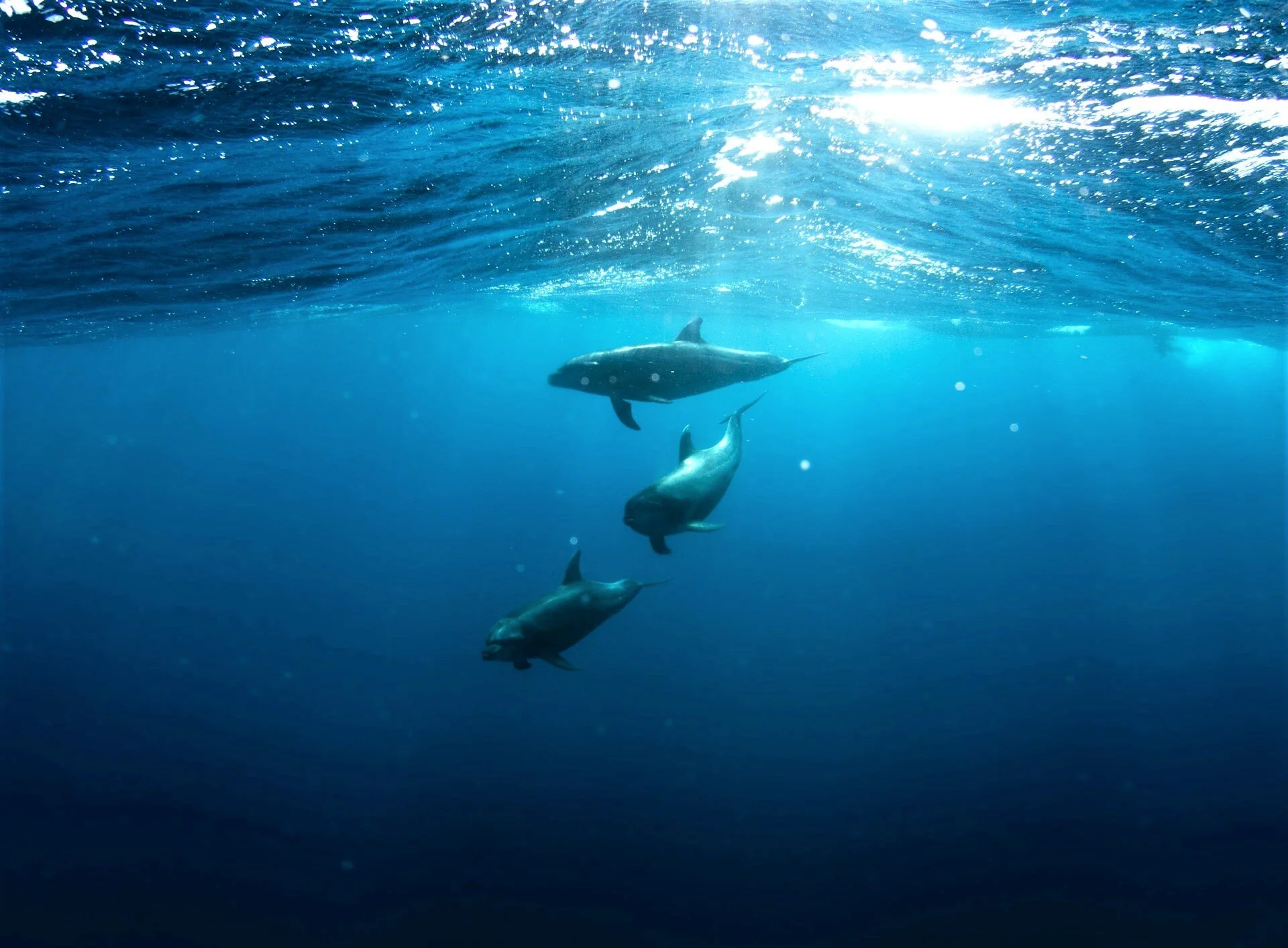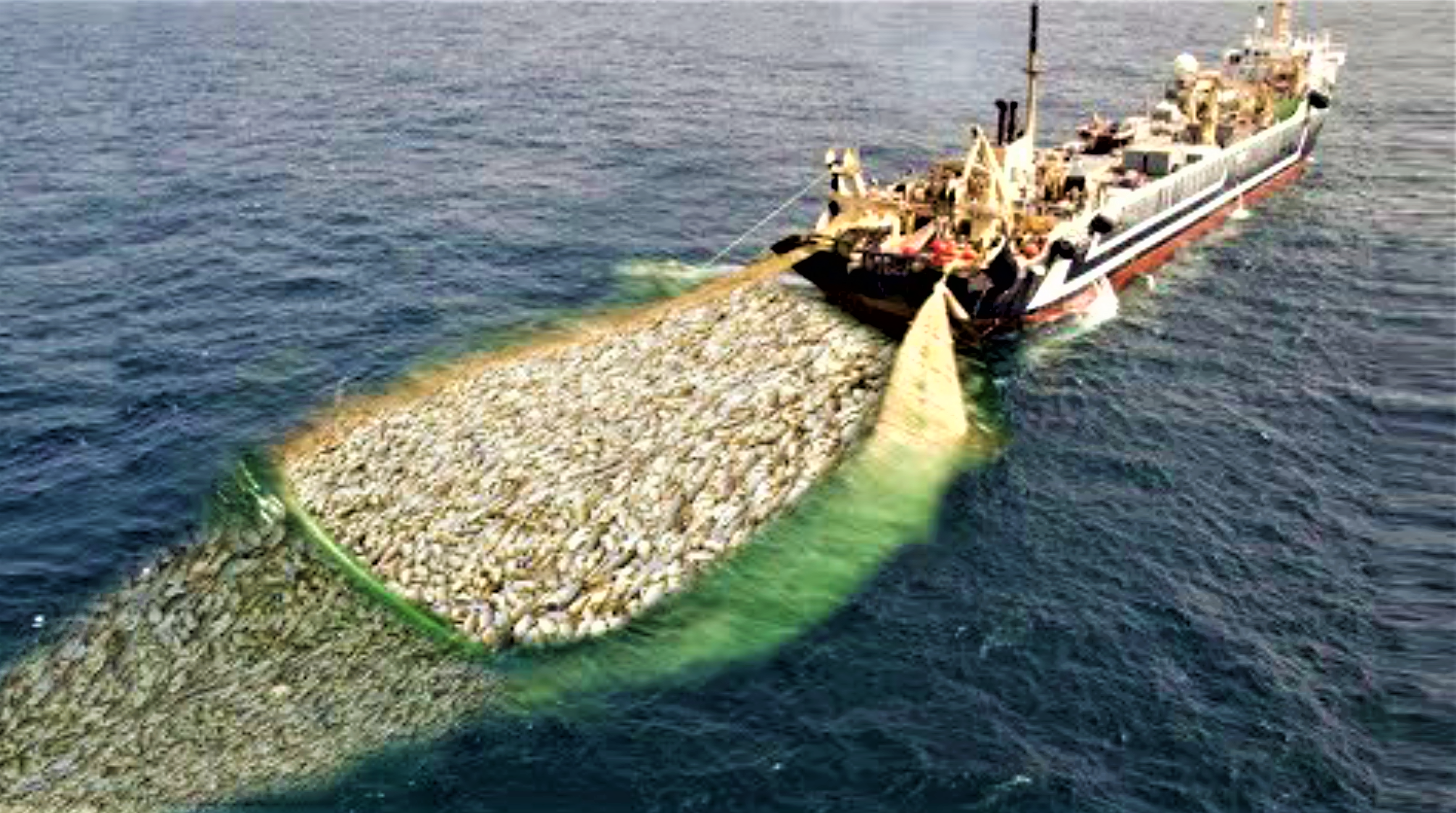Today (April 3) is World Day for Aquatic Animals. Together with the recent World Day for the End of Fishing and the debut of Seaspiracy on Netflix -- which exposes the dark side of commercial fishing industries – they focus our attention on the destructive effects of human activities on our oceans and their inhabitants. And growing awareness — of the loss of marine biodiversity, the impact of the climate crisis, the importance of oceans as a carbon sink and the unsustainable trajectory of fish as a food source — is galvanizing us into action.
A 2020 GlobeScan survey of more than 20,000 people across 23 countries shows that, among seafood consumers, the majority are concerned about protecting the oceans and the sustainability of fish. And 83% are motivated to take action to safeguard them.
Seas and oceans cover 71% of the world’s surface, and contain up to 80 percent of life on earth by providing diverse habitats for millions of species. But there is now abundant evidence that this is not an unlimited resource immune from exploitation or pollution. We are putting huge pressure on sea life by impacting their environments via pollution, rising temperatures, acidification, overfishing and more. How exactly?
Dead zones
Caused by toxic algae feeding off nutrients that run off farms into the sea, dead zones are becoming more common and kill all marine life for hundreds of miles. Another cause is chemical pollution from fertilizers, herbicides, and pesticides which leaches into the ocean via rivers and is consumed by sea creatures.
Plastic pollution
Single-use plastics slowly dissolve into microplastics, small, insoluble particles that are fatal to sea turtles, seabirds and marine mammals such as whales.
Acidification
Thirty percent of our CO2 emissions are absorbed by the sea which causes acidification and threatens the survival of shellfish — the building blocks of the marine food chain — and worsens the climate crisis by reducing the oceans’ ability to absorb CO2.
Commercial fishing
An estimated three trillion fish are killed for human consumption each year which is a significant contributor to the global decline of sustainable fisheries.
Super trawler. Photo: Wikimedia Commons
While seafood provides an important source of protein to more than three billion people, especially in the developing world, one-third of fisheries has been fished beyond sustainable limits, and a further 60% are fished to their maximum capacity, according to the UN FAO. And although the UN reports sustainable fisheries are declining more slowly, they are nonetheless declining — from 90 percent of stocks being biologically sustainable in 1970 to 65.8 percent in 2017 — so current efforts to protect marine environments are falling short. And according to Greenpeace, we’ve already removed at least two-thirds of large fish from the ocean.
This is all exacerbated by a lack of international control and the huge impact of illegal, unreported and unregulated (IUU) fishing — often by massive commercial fishing fleets operating around the world. IUU fishing can account for up to 30% of total catches in some major fisheries.
Wild fish are not the only casualties of commercial fishing. The industry is indiscriminate in its practices and hugely wasteful; about 40 percent of the global catch is euphemistically termed “bycatch”. And this dead or dying unwanted sea life is discarded including: whales and dolphins, sharks, seals, porpoises, sea birds and turtles. Shrimp trawlers discard 60 – 80% of their catch. Scientists have estimated that over 650,000 marine mammals are either killed or seriously injured every year by the commercial fishing industry.
In addition, a ground-breaking new study in the journal Nature, shows that one of the practices — bottom trawling — not only decimates life on the sea bed but also releases as much CO2 as air travel.
Shrimp trawlers. Photo: Planet Friendly News
Ghost gear
Commercial fishing practices also leave a deadly legacy in the oceans. Ghost gear, abandoned or discarded fishing equipment which is lost at sea, can kill marine life for decades or even centuries after it first enters the ocean, making it the most deadly form of marine plastic debris. The 640,000 tonnes of ghost gear (UN FAO) that enters the ocean every year is responsible for harming 66% of marine mammal species, half of seabird species, and all species of sea turtles, often subjecting them to a slow and painful death.
Commercial whaling
Despite the 1986 international ban on whaling, Norway, Iceland and Japan have persisted in killing another almost 40,000 large whales since then.
Shark finning
Despite international agreements to control this, over 90 percent of certain shark populations – including some highly endangered species — have disappeared over the past 50 years due to the removal of their fins after which the sharks are thrown back into the water to die. 100 million are killed each year. On average, sharks kill 10 humans a year.
Are aquafarms the answer?
From a fish welfare point-of-view, the answer is clearly no, and they also raise environmental and sustainability issues too. The aquaculture industry is a major source of marine destruction because they use wild caught fish to feed farmed fish. They target keystone species such as small forage fish (including sardines, anchovies, mackerel and herring), and crustaceans (mainly krill) which constitute a critical link in marine food webs.
Almost 70% of landed forage fish are processed into fish meal and fish oil, most of which is fed to farmed fish, and represents nearly 20% of wild-caught fish.
As individuals, there are four actions we can take to help address these issues.
First, seafood lovers can seek out sustainable brands although the credibility of some claims is suspect due to a lack of clear and verifiable standards. Also, a recent investigation showed that more than one-third of seafood sold in 30 countries was fraudulent, not as advertised and substituted with lower quality fish.
Second, reducing the amount of seafood we consume will reduce the impact of fishing on marine life and the oceans.
Third, adopting a plant-based diet is the single biggest step one can take to protect the oceans from the damage done by pollution, overfishing, and climate change. Tasty plant-based seafoods are available right now, taking the market by storm in SE Asia and spreading to markets around the world.
Fourth, real seafood grown from cells in a bioreactor is on the horizon, lab-grown tuna steaks could reel in our overfishing problem and it doesn’t require destroying oceans or marine life.
Time to get on board.



